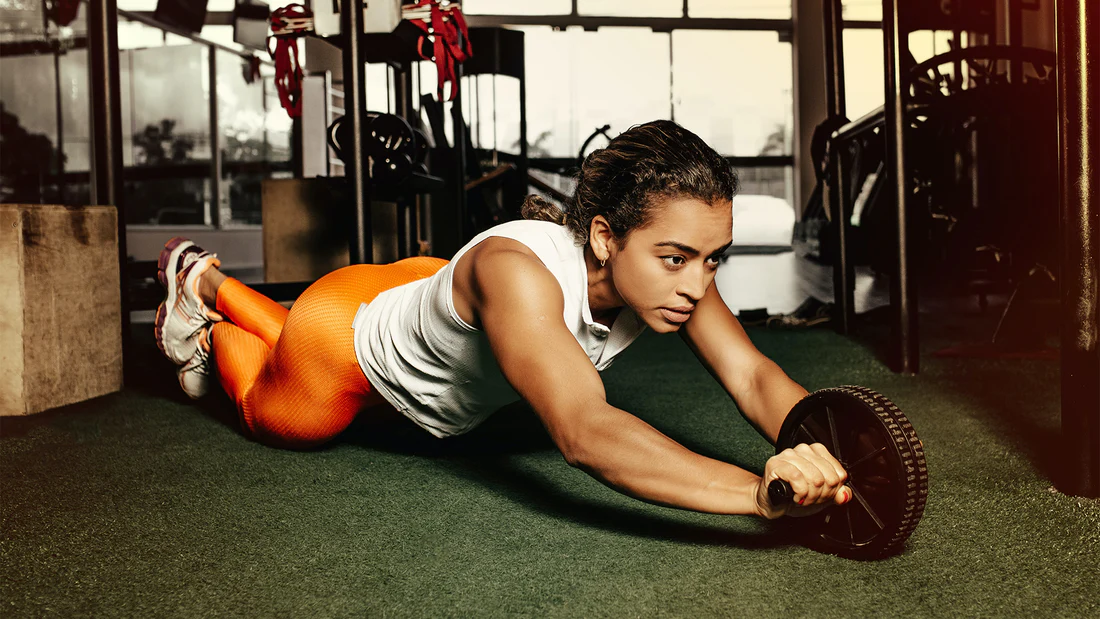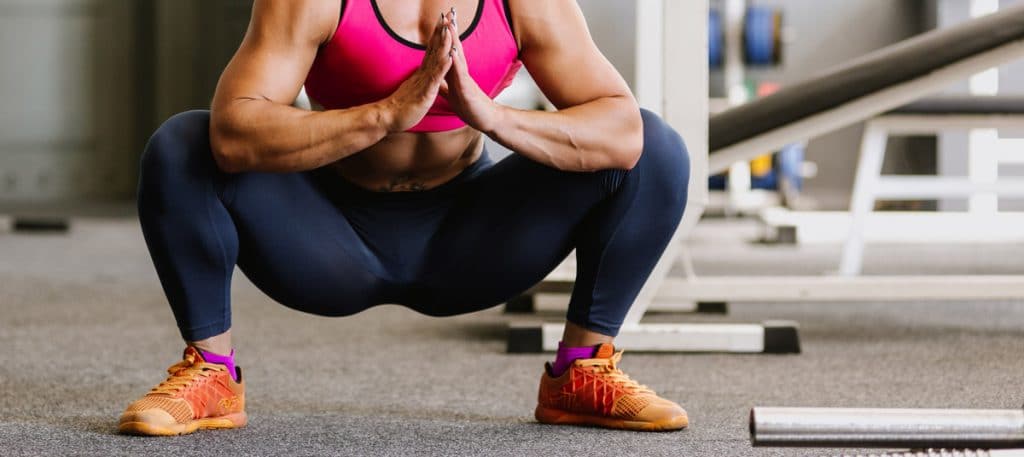Some muscles grow faster than others when you work out, making them seem easier to build up. This varies from person to person because of different body types, exercise routines, and what food you eat. But, there are a few muscles that most people find easier to grow due to their size and how we use them every day. Today we will talk about which muscles these are, why they grow quicker, and how you can make them even stronger with the right exercises and tips.

What Are The Easiest Muscle To Grow?
The ease with which you can build muscle often depends on factors like genetic predisposition, training intensity, frequency, technique, and nutrition. However, some muscle groups are generally considered easier to develop due to their involvement in daily activities, responsiveness to training, and the effectiveness of targeted exercises. Here are the muscle groups often regarded as the easiest to build:
1. Legs (Quadriceps and Hamstrings):
The legs contain some of the largest muscle groups in the body. They’re used frequently in everyday movements and respond well to exercises like squats, lunges, and deadlifts, which can handle significant weight and promote muscle growth.
2. Glutes (Gluteus Maximus):
The gluteus maximus is one of the strongest muscles in the body. It’s essential for movements like standing up from a sitting position, climbing stairs, and lifting heavy objects. Targeted exercises like squats, hip thrusts, and bridges can effectively stimulate growth in this area.

3. Biceps:
Biceps are small but mighty muscles located in the front of the upper arm. Their size allows for quick recovery, meaning you can train them more frequently for faster growth. Exercises like bicep curls effectively isolate and target these muscles, leading to noticeable gains in strength and size. Consistency and proper form are crucial for maximizing bicep development.
4. Triceps:
Similar to the biceps, the triceps also benefit from being a smaller muscle group that can be targeted with isolation exercises, such as tricep dips and extensions. They play a significant role in any pushing movements, making them active in many compound exercises as well.
5. Chest (Pectorals):
The chest muscles respond well to exercises that involve pushing movements, like bench presses and push-ups. Since these exercises can incorporate heavy weights or numerous repetitions, the pectorals can experience significant growth.
6. Back (Latissimus Dorsi):
The back is a complex muscle group composed of several muscles, with the latissimus dorsi being the largest and most prominent. This muscle group responds well to exercises like pull-ups, rows, and deadlifts, which target multiple muscles simultaneously. Incorporating these compound movements into your routine, along with specific isolation exercises for the back, can lead to significant gains in strength and size. Consistency and proper form are key to maximizing back development.
What Age Group Builds Muscle The Fastest?
Research suggests that between the ages of 18 and 39, there’s no significant decline in the rate of muscle growth or strength development due to age. This means people within this age range have the potential to build muscle at a very similar pace. Here’s a breakdown of the factors influencing muscle growth across different age groups:

Ages 18-39: Peak Muscle Building Potential
- Hormonal Advantages: This age group benefits from high testosterone levels, a key hormone for muscle growth and development.
- Satellite Cells: These are muscle stem cells that play a crucial role in muscle repair and growth. Younger individuals typically have a higher number of active satellite cells.
- Recovery: Younger bodies generally recover faster from exercise, allowing for more frequent and intense training sessions that can stimulate muscle growth.
Muscle Building After 40:
- Gradual Decline: Studies indicate a gradual decline in muscle mass and strength gain potential after 40. This decline is often attributed to a decrease in testosterone production and a reduction in the number of active satellite cells.
- Still Possible: However, it’s important to remember that building muscle is still very possible after 40. The rate of growth might slow down slightly, but consistent training with proper form and progressive overload can still lead to significant gains.
Age Benefits and Considerations:

- 18-25: This age group might see the fastest results due to peak hormonal advantages and efficient recovery. However, proper training form and technique are still crucial to avoid injuries.
- 25-39: This period often offers a good balance between muscle building potential and recovery ability.
- 40+: While the rate of growth might slow down, building muscle is still very achievable. Focus on proper form, progressive overload, and prioritize recovery to maintain and build muscle mass.
Frequently Asked Questions:
At what age do muscles grow the most?
Muscle mass and strength usually increase from birth, peaking between 30-35 years of age. After this, a gradual decline starts, becoming sharper after age 65 for women and 70 for men.
Which muscles heal fastest?
Recovery rates vary among muscle groups. Smaller muscles like the biceps, triceps, and calves typically recover faster than larger groups like the lats, quads, and hamstrings.
Which muscle takes the shortest to recover?
Usually, muscles that are constantly active such as forearms, calf muscles, and abdominals recover fastest from a workout. Their frequent use makes them hardy and resilient.
What should I eat to gain muscle?
To boost muscle growth, incorporate lean meats, eggs, dairy products, fish, whole grains, beans, lentils, and whey protein into your diet. These are rich in essential nutrients that promote muscle development.
Hello, I’m Ravindra. Over the years, I’ve immersed myself deeply into the world of fitness and health, transforming both my body and mind. Writing has allowed me to share my journey, insights, and expertise with those just starting out and seasoned fitness enthusiasts alike. Beyond just routines and diets, I believe in inspiring others to adopt a holistic approach to well-being.





